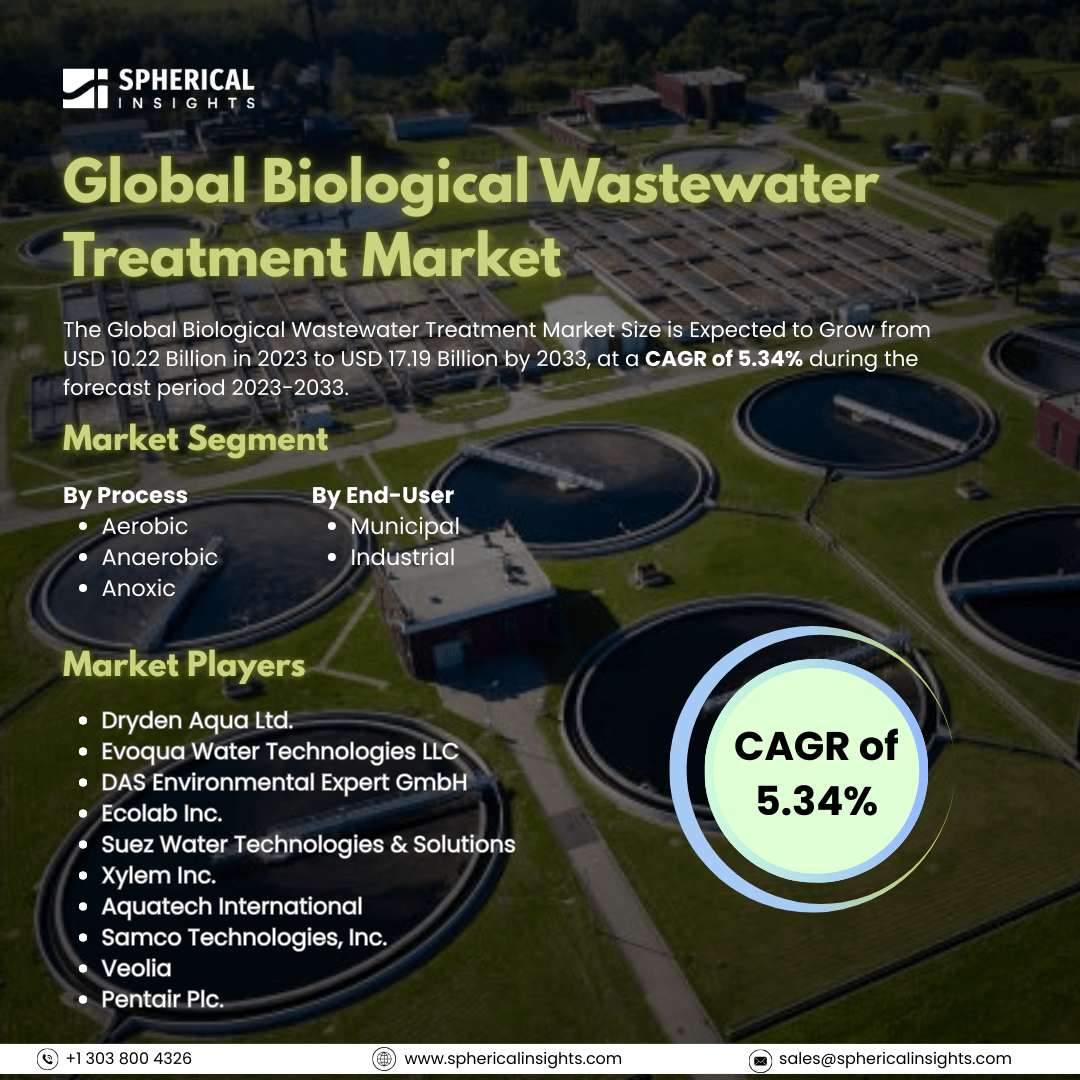Global Acrylonitrile Market Size to Exceed USD 14.05 Billion by 2033
According to a research report published by Spherical Insights & Consulting, The Global Acrylonitrile Market Size Expected to Grow from USD 11.45 Billion in 2023 to USD 14.05 Billion by 2033, at a CAGR of 2.07% during the forecast period 2023-2033.
Browse 210 market data Tables and 45 Figures spread through 190 Pages and in-depth TOC on the Global Acrylonitrile Market Size, Share, and COVID-19 Impact Analysis, By Application (Acrylonitrile Butadiene Styrene (ABS), Styrene-Acrylonitrile Resin (SAR), Acrylic Fiber, Acrylonitrile Butadiene Rubber (NBR), Others), and By Region (North America, Europe, Asia Pacific, Latin America, Middle East, and Africa), Analysis and Forecast 2023 - 2033
The acrylonitrile market is a segment of the global sector that produces, distributes, and consumes acrylonitrile, a colourless, volatile liquid that is a key raw material in the manufacture of synthetic fibers, polymers, and resins. Acrylonitrile is mainly applied in the manufacturing of ABS plastic, synthetic fibers such as acrylic, and chemicals such as adiponitrile for the synthesis of nylon. Moreover, high demand from the automotive, textiles, and electronic sectors upholds the acrylonitrile market. Most ABS plastic and acrylic fibers in textiles and synthetic rubbers are found in such fields. Automotive is a growing industry with demands for lighter durable materials, while on the electronics side, it is high-performance material requirements for construction, hence propelling the advancement of the market. Additionally, nylon production penetrates the growth of the market due to textiles and clothing. The main thrust for acrylonitrile trends is sustainability in its production and bio-based alternatives. Opportunities exist in applications such as expanded electric vehicle components, renewable energy technologies, and the development of newer materials. However, market constraints are related to the raw materials whose prices vary, environmental issues surrounding the production of acrylonitrile, and regulatory challenges. The third is competition from other materials as well as substitute materials in key industries.
The acrylonitrile butadiene styrene (ABS) segment accounted for the greatest share in 2023 and is anticipated to grow at a significant CAGR during the forecast period.
On the basis of the application, the global acrylonitrile market is divided into acrylonitrile butadiene styrene (ABS), styrene-acrylonitrile resin (SAR), acrylic fiber, acrylonitrile butadiene rubber (NBR), and others. Among these, the acrylonitrile butadiene styrene (ABS) segment accounted for the greatest share in 2023 and is anticipated to grow at a significant CAGR during the forecast period. ABS is widely used in the automotive, electronics, and construction industries due to its strength, toughness, and versatility. The increased demand for lightweight, high-strength materials in the automotive sector and the growing demand for consumer electronics significantly contribute to the dominance of ABS in the acrylonitrile market.
Asia Pacific is projected to hold the largest share of the global acrylonitrile market over the forecast period.
Asia Pacific is projected to hold the largest share of the global acrylonitrile market over the forecast period. This is because the region has a considerable manufacturing base, with countries like China and India, which are big producers and consumers of acrylonitrile-based products such as ABS plastic, acrylic fibers, and NBR. Moreover, Asia-Pacific's ascendency is also contributed to by rapid industrialization, robust demand from automotive, electronics, and textile industries, and growing investments in chemical production.
North America is expected to grow at the fastest CAGR growth of the global acrylonitrile market during the forecast period. Growth in the acrylonitrile market is primarily driven by the automotive, electronics, and construction industries, where products based on acrylonitrile such as ABS and NBR are critical. In addition, North America is investing in advanced manufacturing technologies and sustainable production processes. The move toward lightweight materials and increasing demand for high-performance plastics also propel market growth in the region.
Company Profiling
Major vendors in the global acrylonitrile market are INEOS, China Petroleum Development Corp., Asahi Kasei Advance Corp., Ascend Performance Materials, Chemelot, Formosa Plastics Corp., Mitsubishi Chemical Corp., Secco, Taekwang Industrial Co., Ltd., Sumitomo Chemical Co., Ltd., and Others.
Key Target Audience
- Market Players
- Investors
- End-users
- Government Authorities
- Consulting and Research Firm
- Venture capitalists
- Value-Added Resellers (VARs)
Recent Development
- In June 2023, INEOS Nitriles, the company, launched its first product line in bio-attributed Acrylonitrile, under the brand name InvireoTM. The company will manufacture this new product at INEOS Nitriles' world-class facility in Cologne, Germany. The production process of InvireoTM is carried out with the use of bio-attributed propylene, which paves the way for the use of fossil fuel as conventional resources to be substituted. It allows the company to efficiently reduce greenhouse gas emissions and save natural resources by using renewable feedstock. INEOS has achieved certifications from the Roundtable on Sustainable Biomaterials and the International Sustainability & Carbon Certification.
Market Segment
This study forecasts revenue at global, regional, and country levels from 2023 to 2033. Spherical Insights has segmented the global acrylonitrile market based on the below-mentioned segments:
Global Acrylonitrile Market, By Application
- Acrylonitrile Butadiene Styrene (ABS)
- Styrene-Acrylonitrile Resin (SAR)
- Acrylic Fiber
- Acrylonitrile Butadiene Rubber (NBR)
- Others
Global Acrylonitrile Market, By Regional
- North America
- Europe
- Germany
- UK
- France
- Italy
- Spain
- Russia
- Rest of Europe
- Asia Pacific
- China
- Japan
- India
- South Korea
- Australia
- Rest of Asia Pacific
- South America
- Brazil
- Argentina
- Rest of South America
- Middle East & Africa
- UAE
- Saudi Arabia
- Qatar
- South Africa
- Rest of the Middle East & Africa



